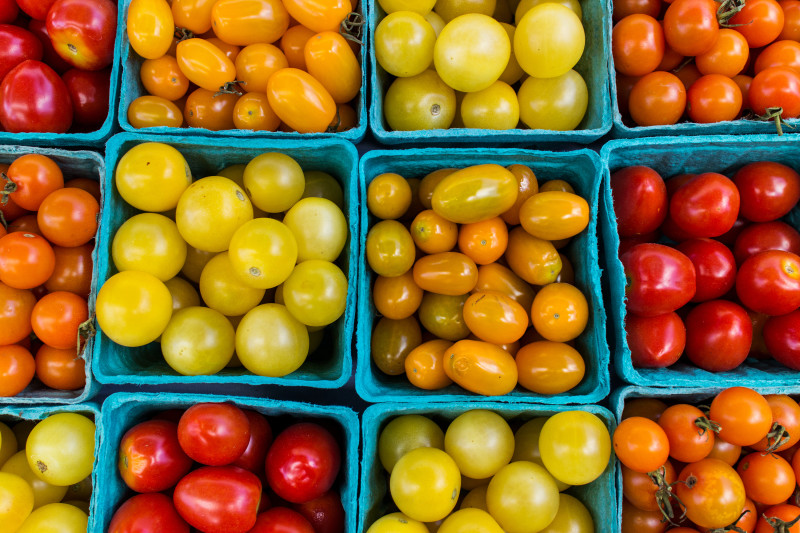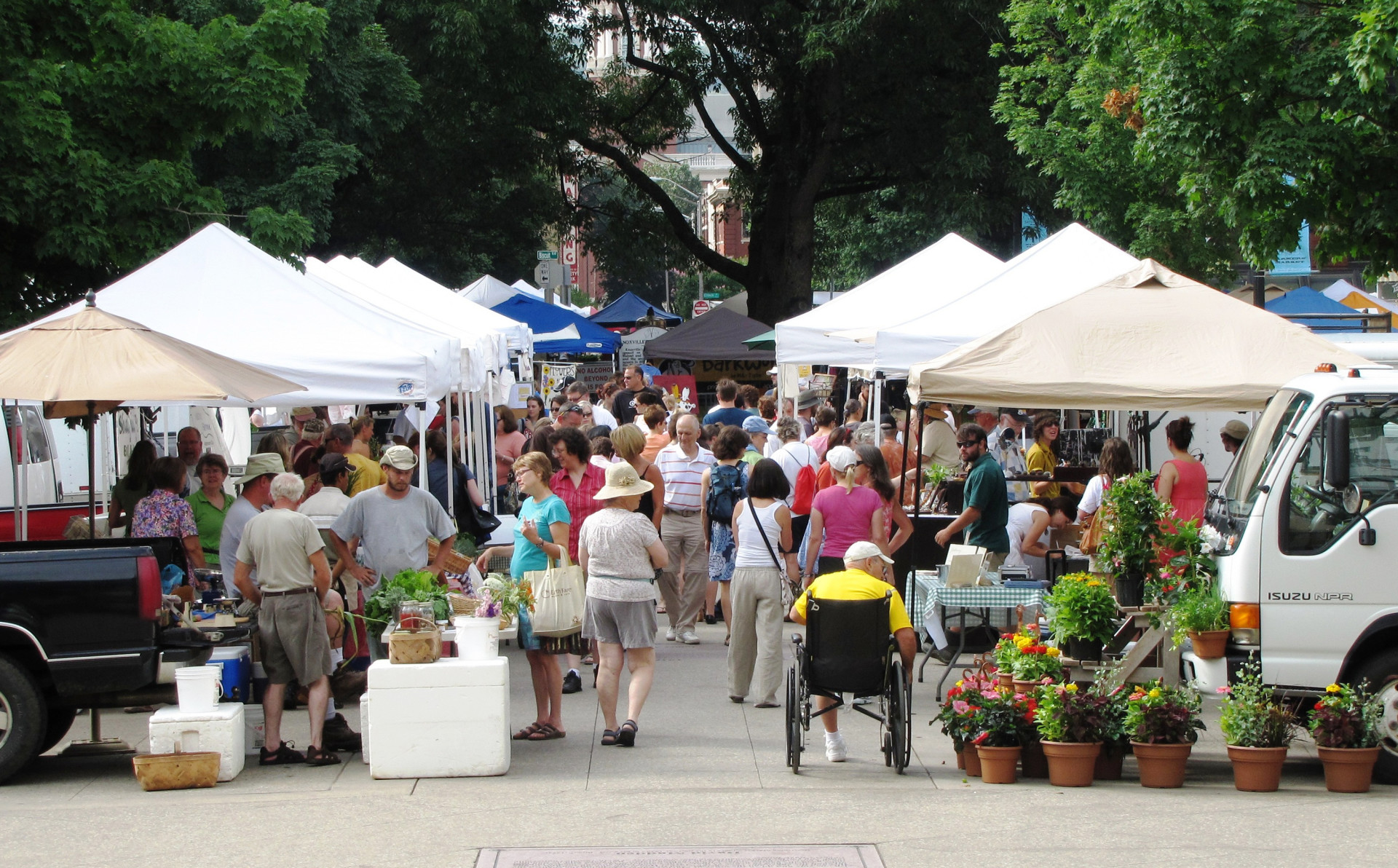There's a renaissance in local and regional food, and it's not just farmers markets in urban areas that are driving it.
On this map, the U.S. Department of Agriculture pinpoints more than 4,000 local and regional food businesses and projects — from food hubs to farm-to-school programs to initiatives to expand healthy food access to low-income communities — in every state around the country.
They've all contributed to the explosion in sales in local food. The USDA estimates that local food sales have grown from from about $5 billion in 2008 to $11.7 billion in 2014.
"Local food is rapidly growing from a niche market to an integrated system recognized for its economic boost to communities across the country," Agriculture Secretary Tom Vilsack tells The Salt in an interview.
The states with the most federal investment in local food initiatives, according to the USDA, include Kentucky, Wisconsin, Mississippi, Texas and Alabama.

